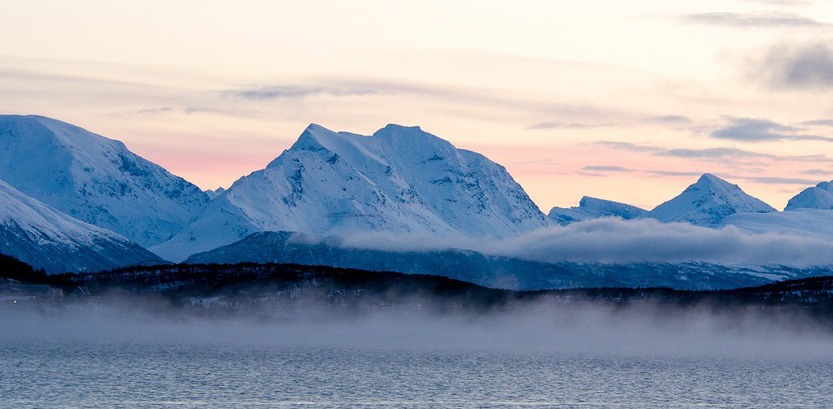
Next we will talk about the Norwegian customs and traditions, a country that is located in the western part of the Scandinavian peninsula; its neighbor to the east is Sweden, while to the west it borders the North Sea. A third of the country is located north of the Arctic Circle and with a total area of 324.200 km², a large portion of its territory is dominated by rugged mountainous or coastal landscapes.
Native languages of Norway
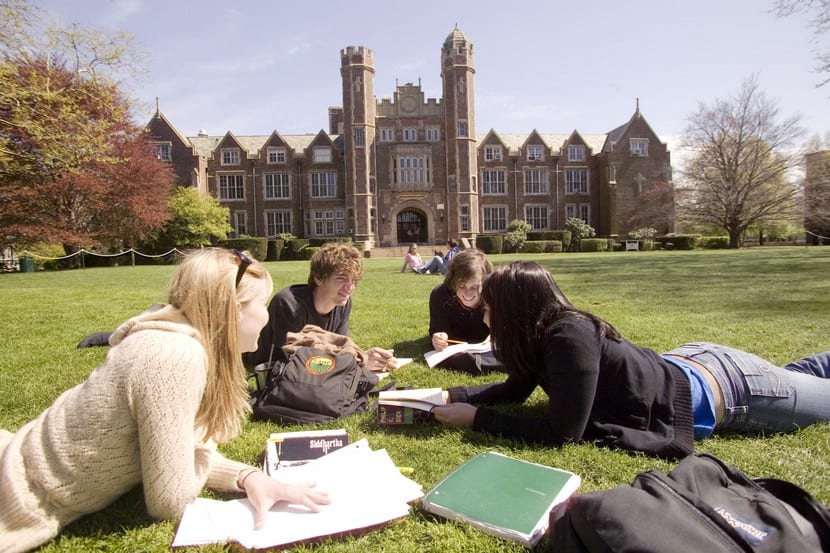
The main languages of the indigenous minority and majority populations are samisk, a Finnish language, in addition to two official Norwegian languages: Bokmal and Nynorsk, both Germanic languages. Bokmal o "Language of the book", It is derived from Norwegian with Danish influences used in the eastern region.
For its part, the language nynorsj o "New Norwegian", It was created during the XNUMXth century from peasant dialects, with the intention of creating languages that were a genuinely written Norwegian language.
The Nynorsk language It was consciously built to demonstrate a clear relationship between the Old Norse, linking contemporary Norway with its Viking age.
Symbols of Norway
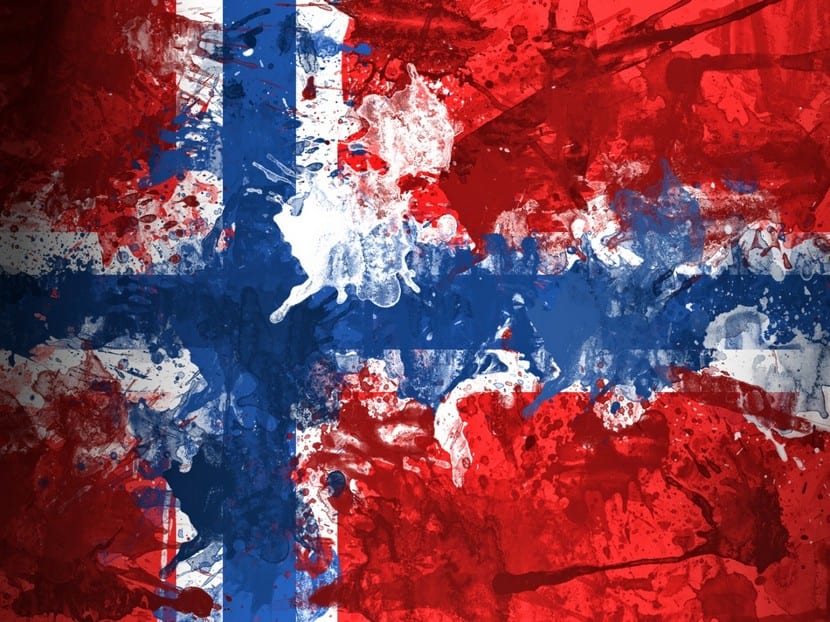
Both the flag and the folk costumes, the landscape and the home, They are the main symbols of national unity in Norway. The flag, which has a red background with blue stripes outlined in white, is hoisted not only by public institutions, but also by citizens.
Popular costumes are based on traditional peasant clothing. Those for women include elaborate skirts, blouses, jackets, stockings, and shoes adorned with studs and silver decorations.
The national anthem of Norway emphasizes love for the land, as well as the importance of home as symbols of nationality.
Norwegian homes

Entertainment is at home, not in restaurants or bars. Norwegian houses are comfortable havens They are decorated to express the identity of the family. As a consequence of less geographic mobility compared to other countries, family members and relatives tend to live in the same region for several generations, in addition to identifying with the local area.
This attachment to home it is also evident in the relationship of people with respect to the environment and nature. It must also be said that half of the families in Norway have access to Nearby ski cabins, cabins or boats.
Virtually all Norwegians participate in Outdoor Activities like skiing, hiking, and boating.
Norwegian urbanism and architecture
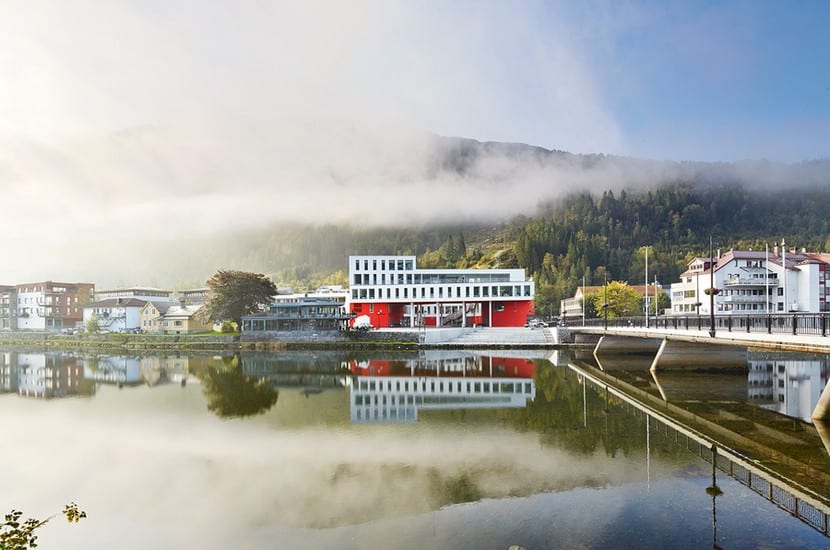
In Norway a high priority is given to environment and rural life above the big cities. Indeed, regional policies are geared towards providing a high level of services in less populated regions to encourage people to stay in those areas rather than move to urban centers.
That is why cities like Oslo, Bergen and trandheimThey have low population density indices, since they have substantial areas of natural forests that are used by residents for fun.
Although many older residential homes have straight sidewalks, wide, open lawns, the new houses have their own miniature “forests”, with planted trees and evergreen shrubs. The architecture of government buildings is often less impressive and intimidating than accessible. The Royal Palace It is located on a small hill overlooking a busy street.
Food in Norway
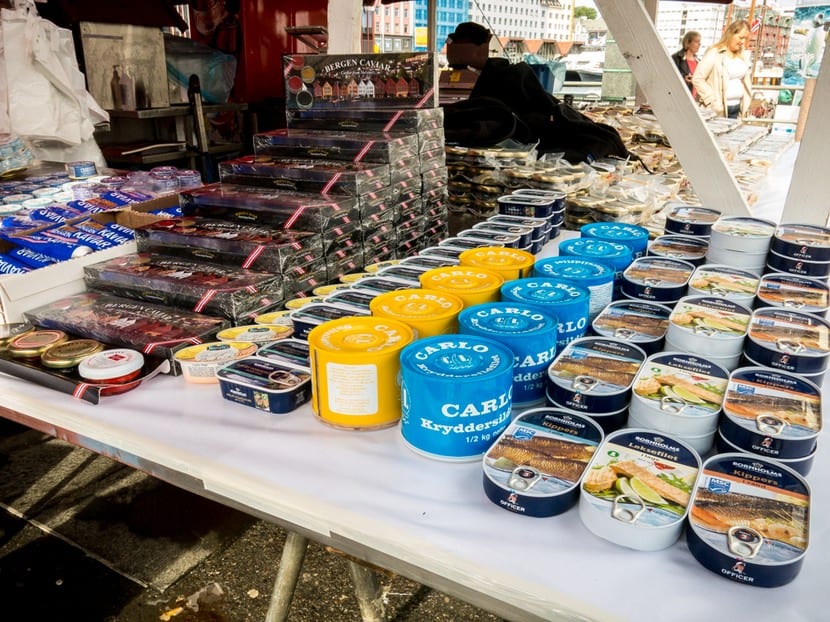
For many, the most typical food in Norway is brown cheese which is cut into thin slices and eaten with bread.
Breakfasts generally consist of coffee, breads, as well as pickled or smoked fish, cold cuts, and sometimes hard-boiled eggs, as well as dairy products such as butter, cheese, yogurt, and a wide variety of sour milk.
So much fish like meats, (which include pork, beef, chicken, whale and lamb), and boiled potatoes, they are usually served with sauce or melted butter.
Economic activities
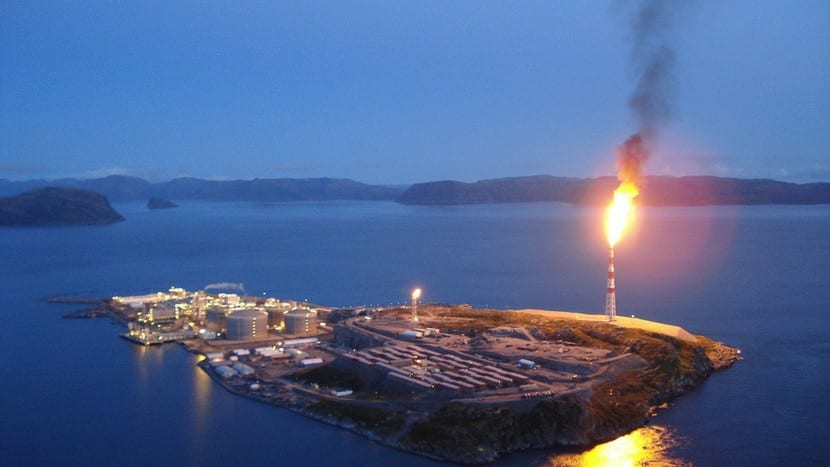
Largely the country depends on international trade of manufactured consumer goods, although it has a trade surplus. Most of the jobs are concentrated in highly specialized manufacturing and service areas. With a workforce of more than 2 million workers, approximately 72% work in services, 23% in industry, and 5% in other areas such as agriculture, fishing and forestry.
marriage and family
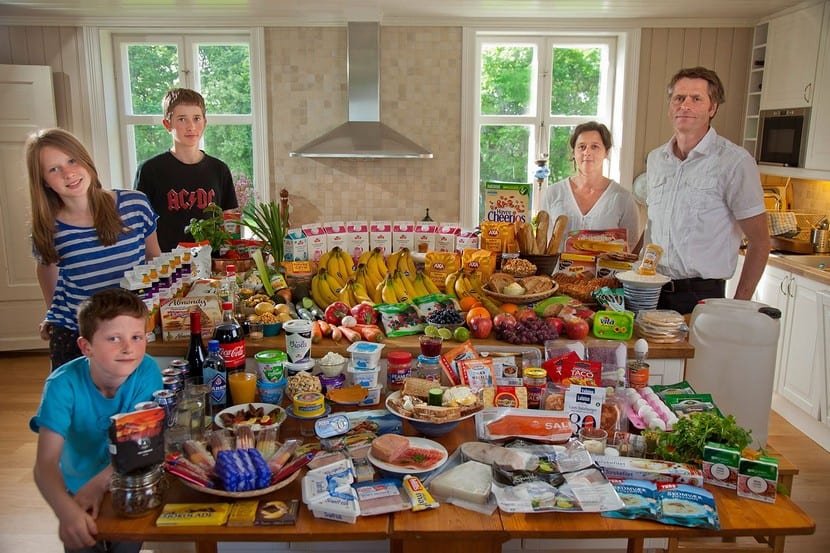
Currently 38% of residents are married, which is a lower percentage than the 47% in 1978. The divorce rate in Norway has doubled in the last 20 years. A Norwegian family generally consists of a husband, a wife, and no more than two children.
Families living in urban areasThey often create symbolic barriers between themselves and others, particularly because they value peace and quiet too much.
The article says nothing about customs and traditions… Very poor 🙁
A very special greeting to the inhabitants of Norway, very early today I listened to the news of what happened about what happened, feeling a lot about what happened, a Colombian who lives in Haya spoke, it called my attention a lot about their customs and others as such, I would love to meet her I hope it was even a little bit Colombia was so amazed and also my sentimental partner that wonderful Jorge Cura said that it is a beautiful country and above all without bad habits that impressive I do not know what to say more but I am so admired I really am words
CORDIAL GREETINGS TO NORWAY IN A WONDERFUL COUNTRY, I HOPE TO MEET YOU VERY SOON, I FEEL ADMIRATION AND RESPECT. YOUR PEOPLE CULTURE AND KIND. A HUG FROM THE DISTANCE.
Norway: a beautiful country! Especially its nature.
I've been here for 13 years. The weather is very difficult in the
Winter, already at the end of May
Gets better. Economically very wealthy, stable jobs, Norwegians are proud of their country and respect its traditions.
What is never talked about is
High number of suicides.
Sadly they lack
Much on the emotional side. A cold culture
They are cold and distant. So much so that they can pass for rude.
Well they are. They don't say good morning, and if they hit you in
The street, they do not say: excuse me. They spit in front of whoever is in the
Streets. You are never accepted as an equal, and friendship is not as warm as in our Latin American countries.
Nothing is how it shines, it seems that everything is perfect, they
They believe it themselves. But it's not like that. It is a shame that such a beautiful country, with a history that comes from extreme poverty and now goes to extreme wealth and that they forget the basics: good manners, education, and kindness.
The saddest thing is that emotionally they are like castrates and many times you only hear them talk about their emotions when they drink alcohol.
I have probably been unlucky enough to have experienced things not
Very pleasant throughout my life here. Do not feel that you are not part of them.
And that you understand that culturally there is a great difference!
And that you will never see a change in them is sad.
A cordial greeting.
nothing is said about customs and traditions, fence scam.